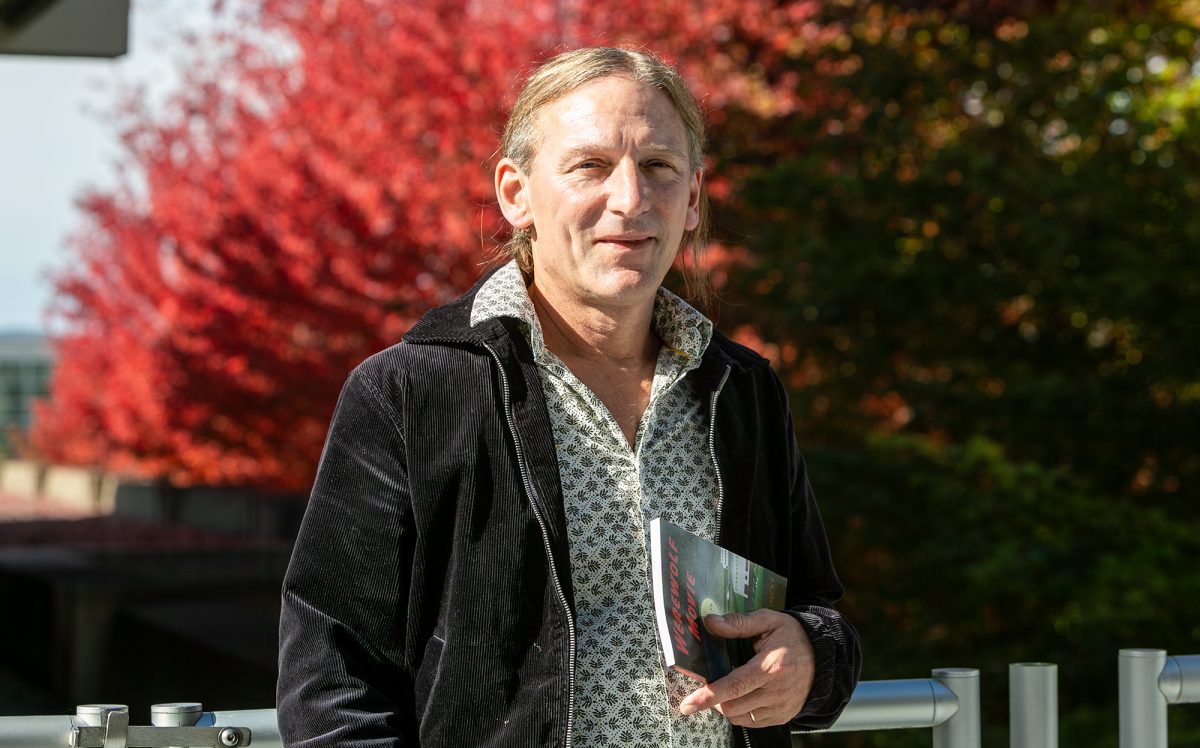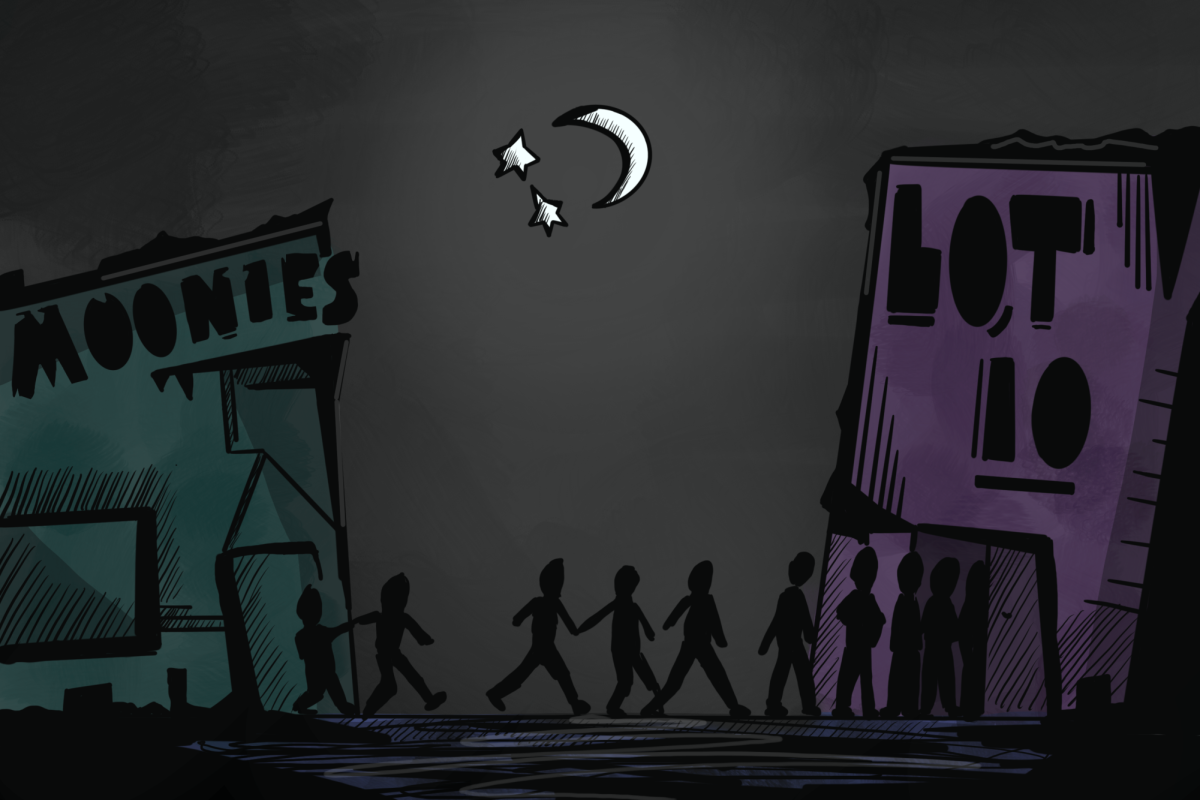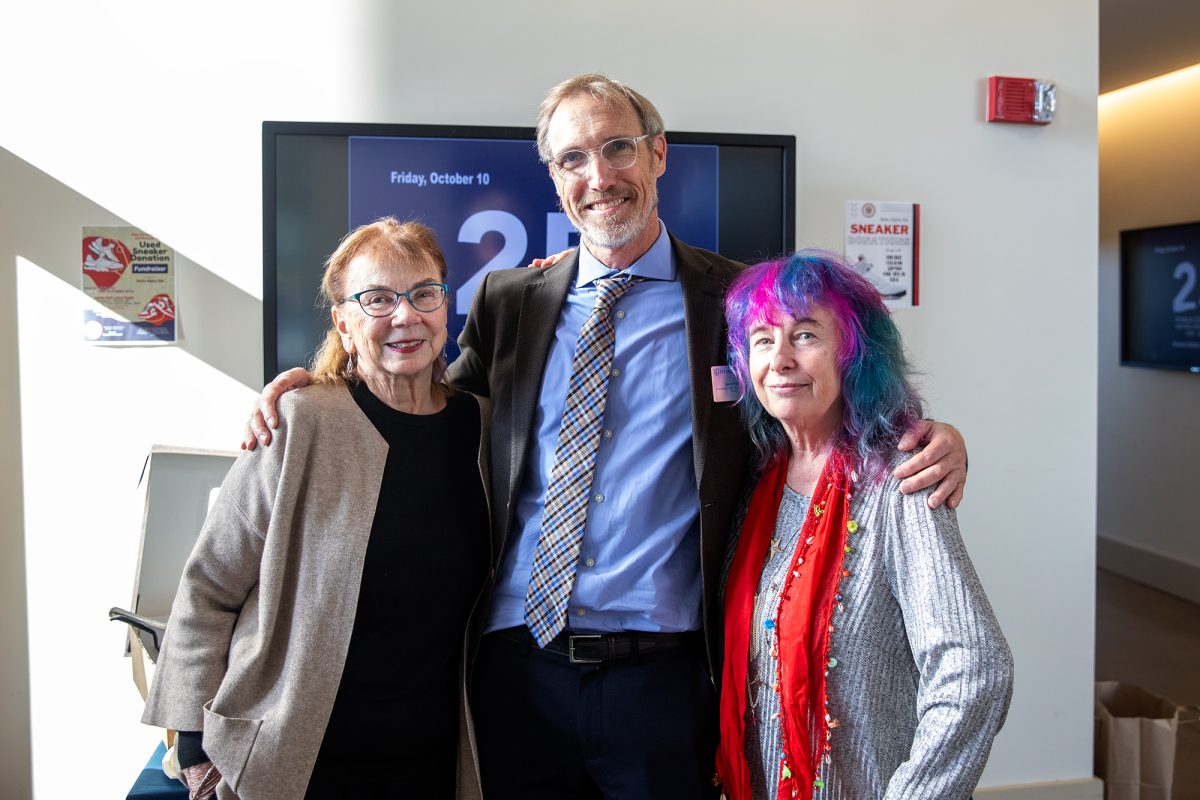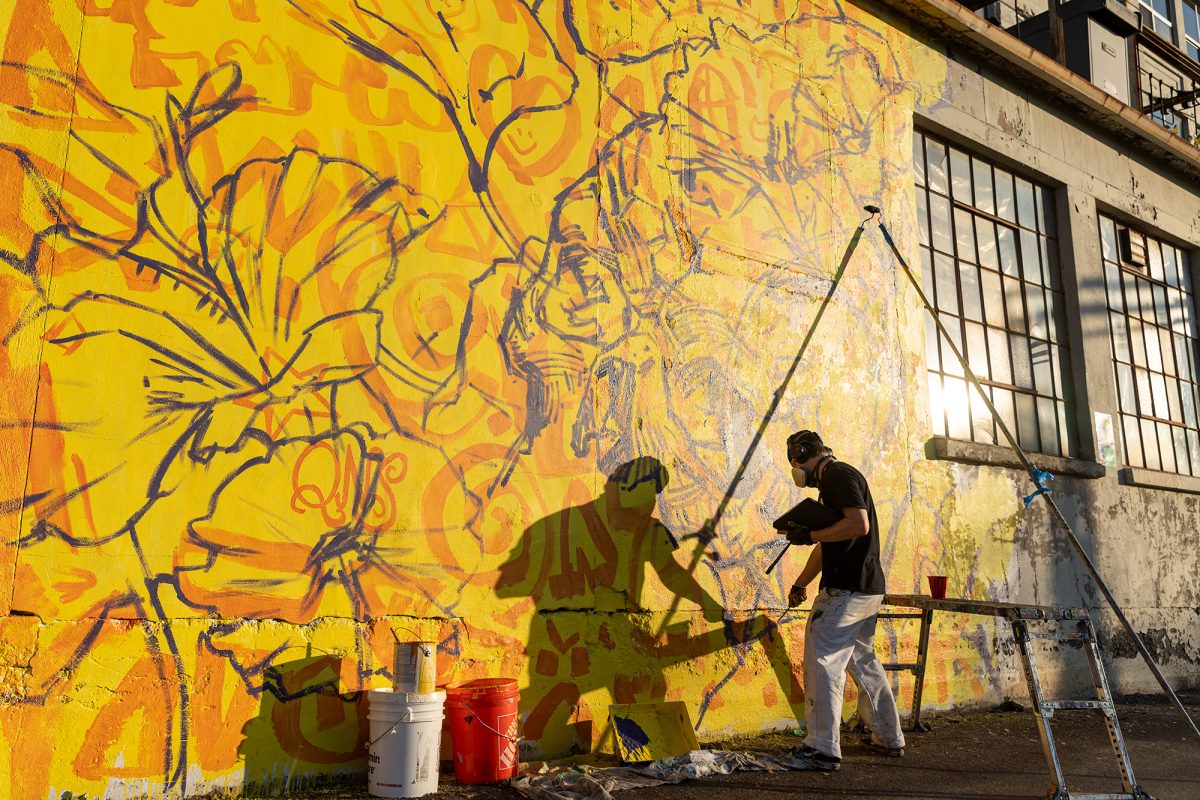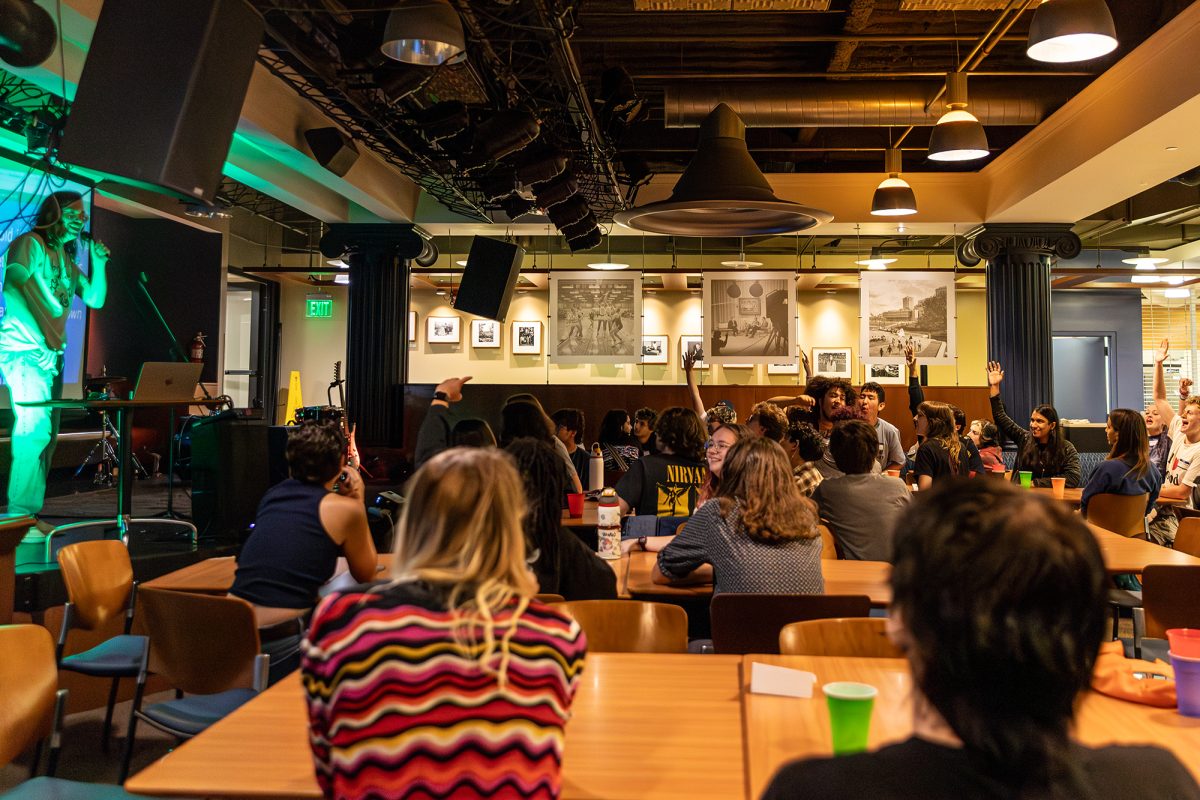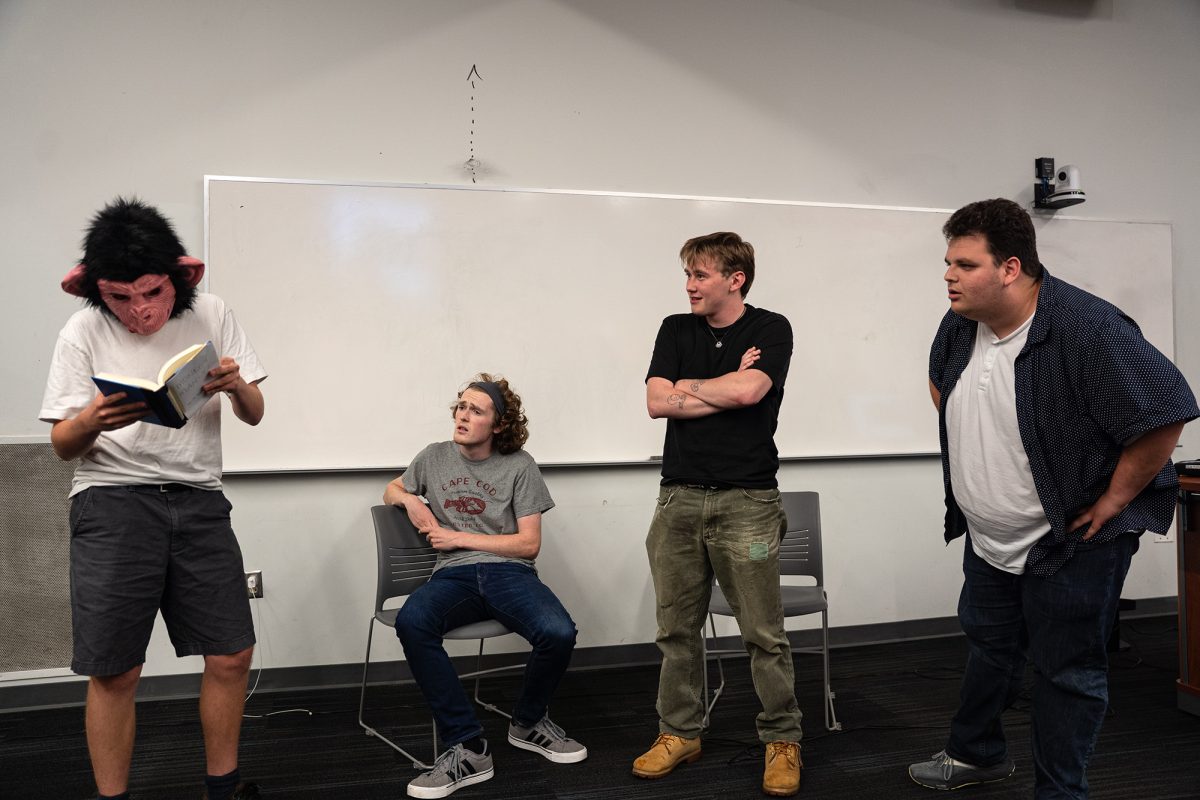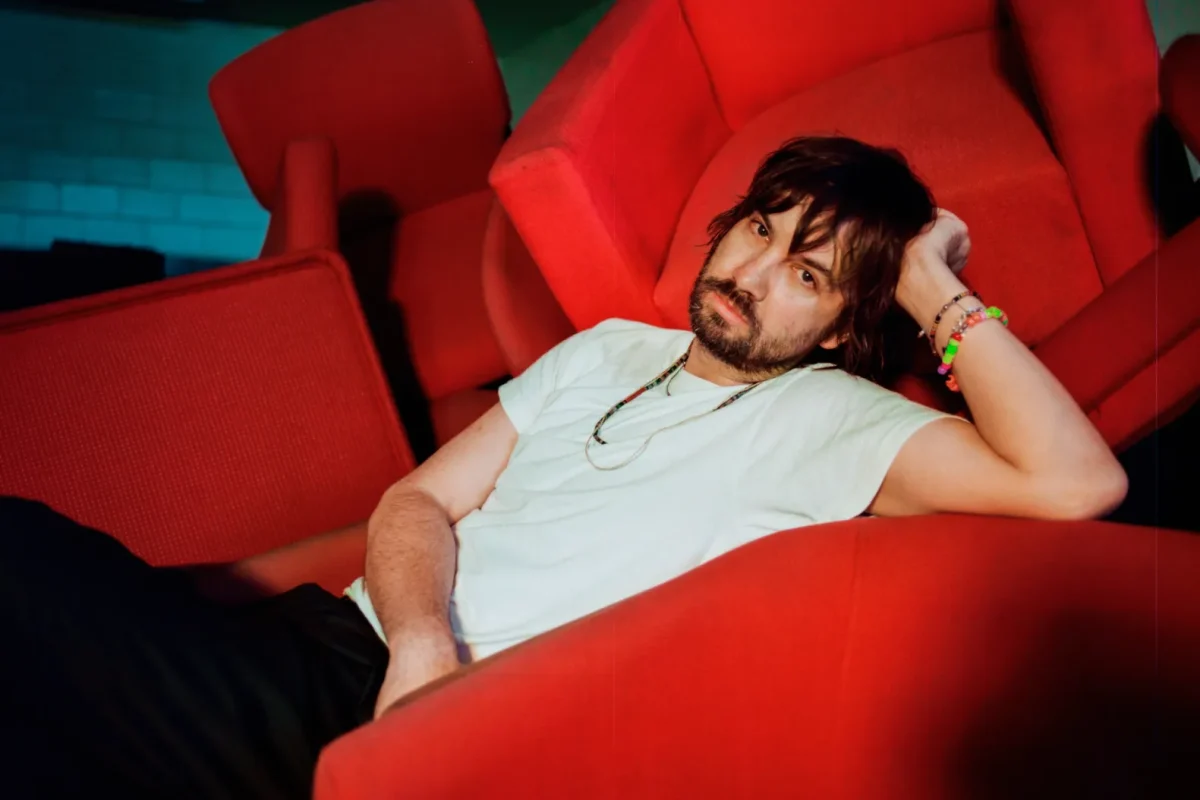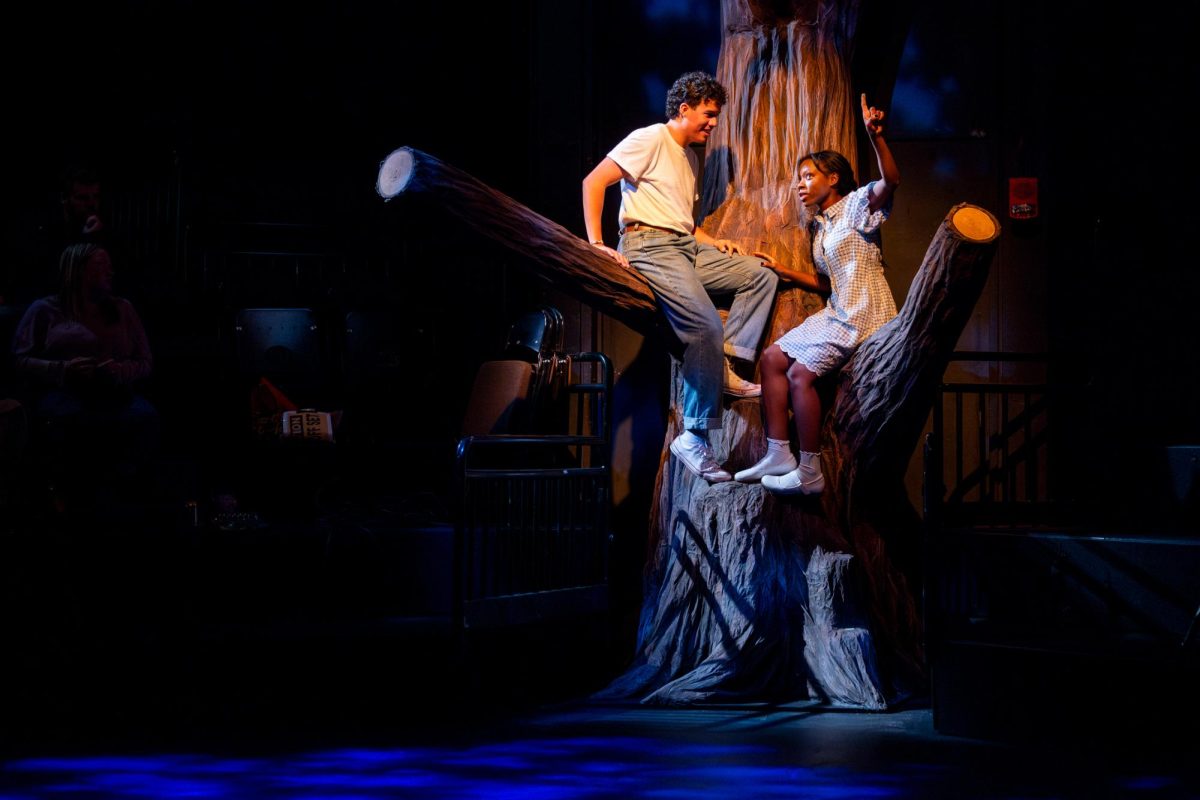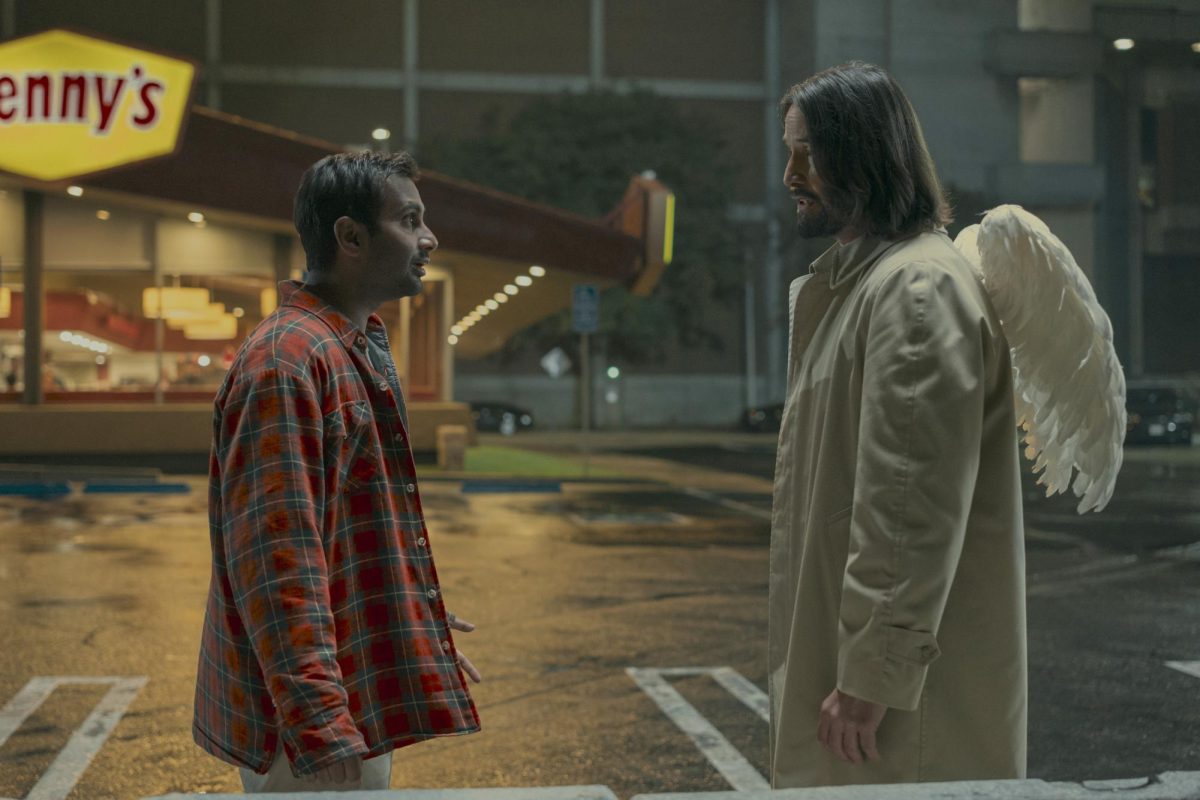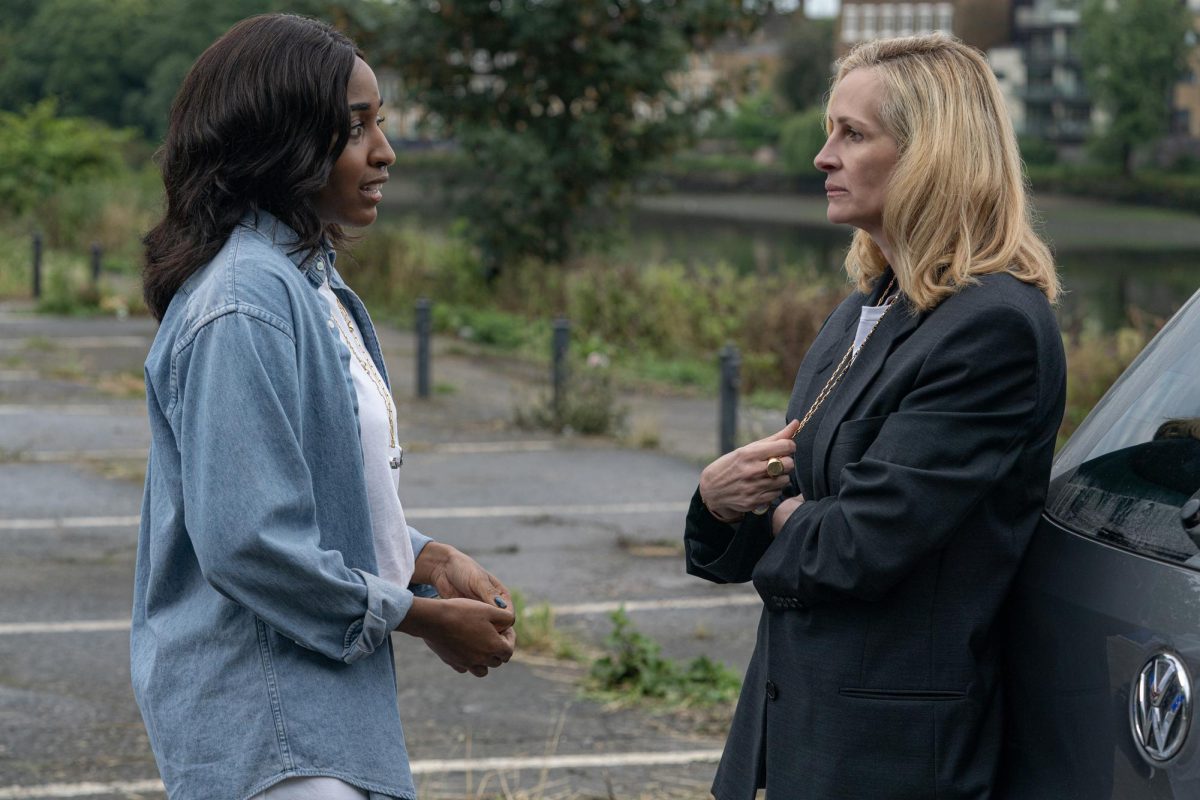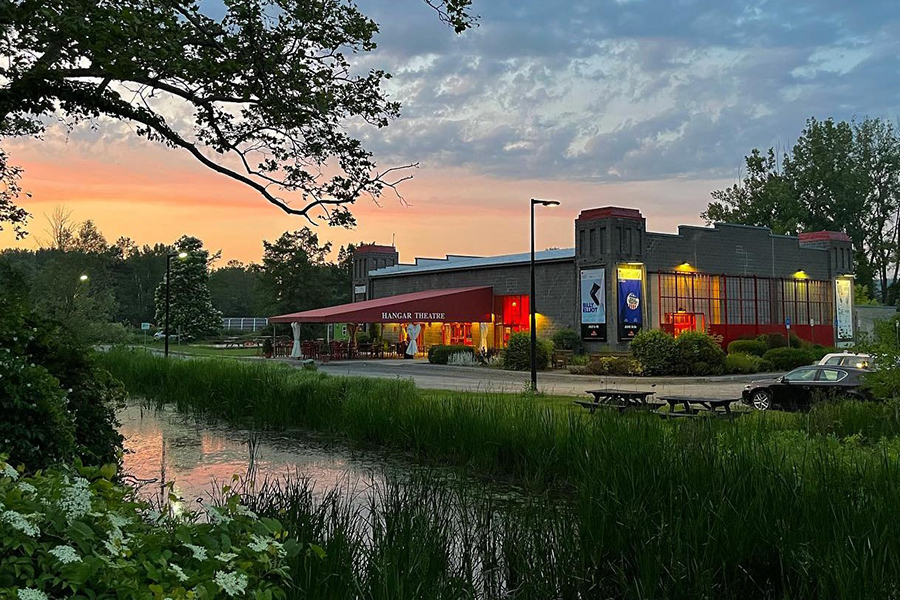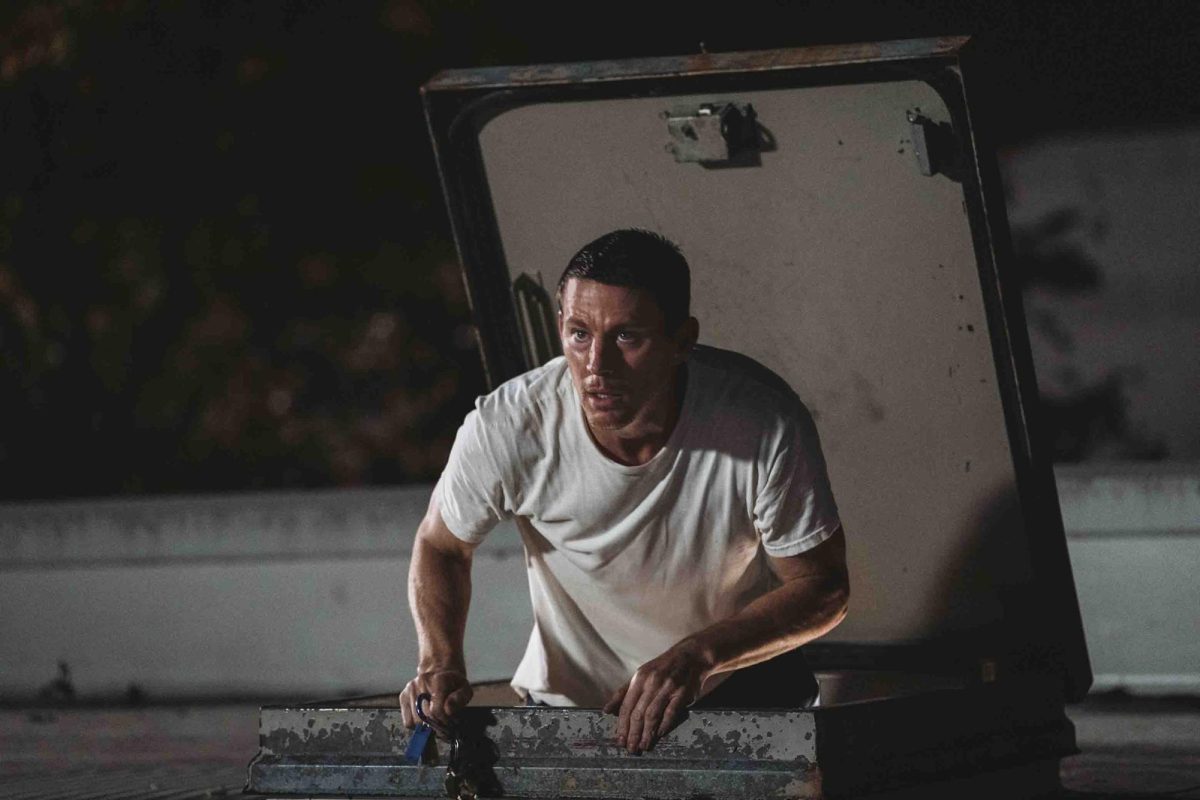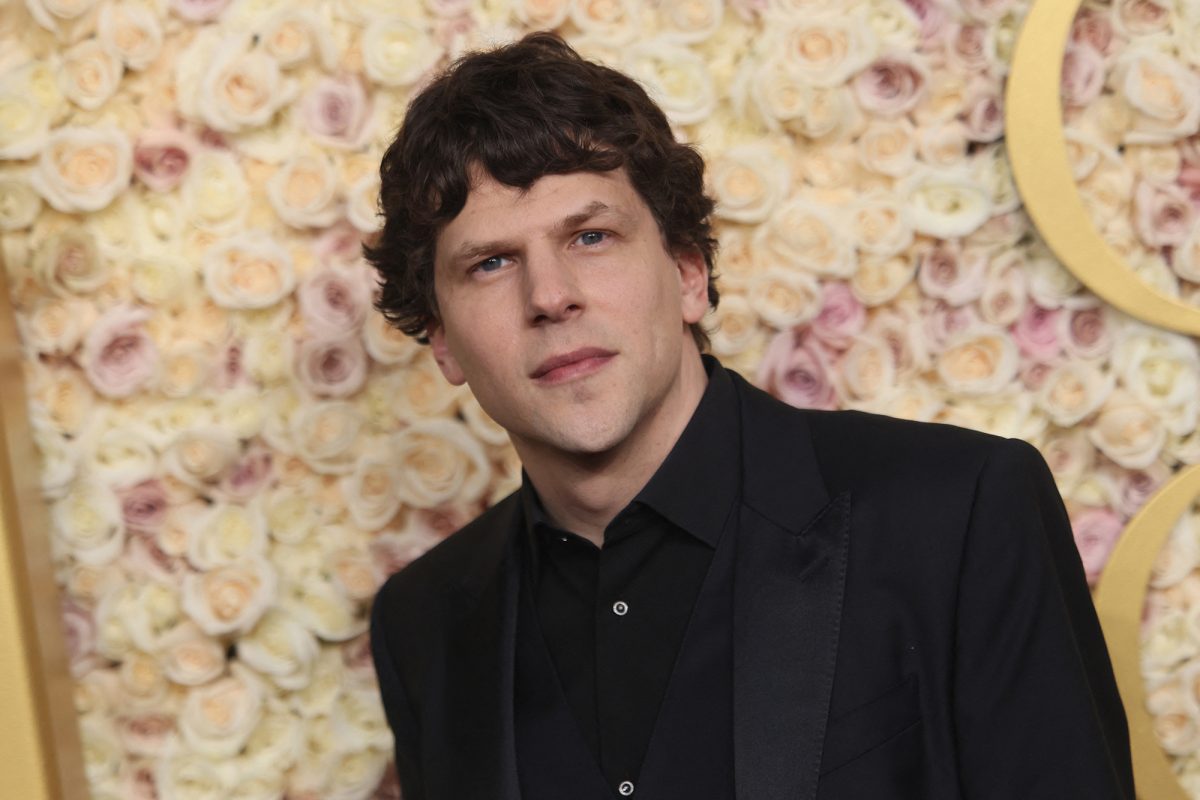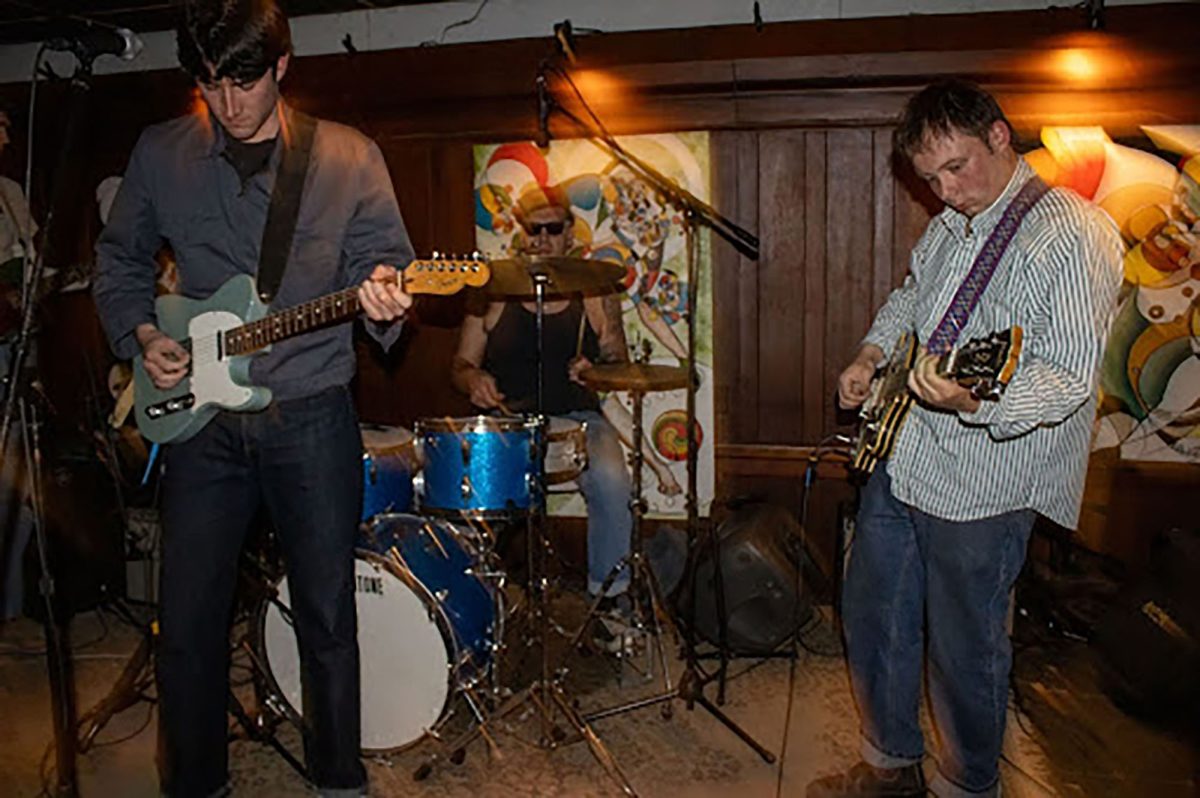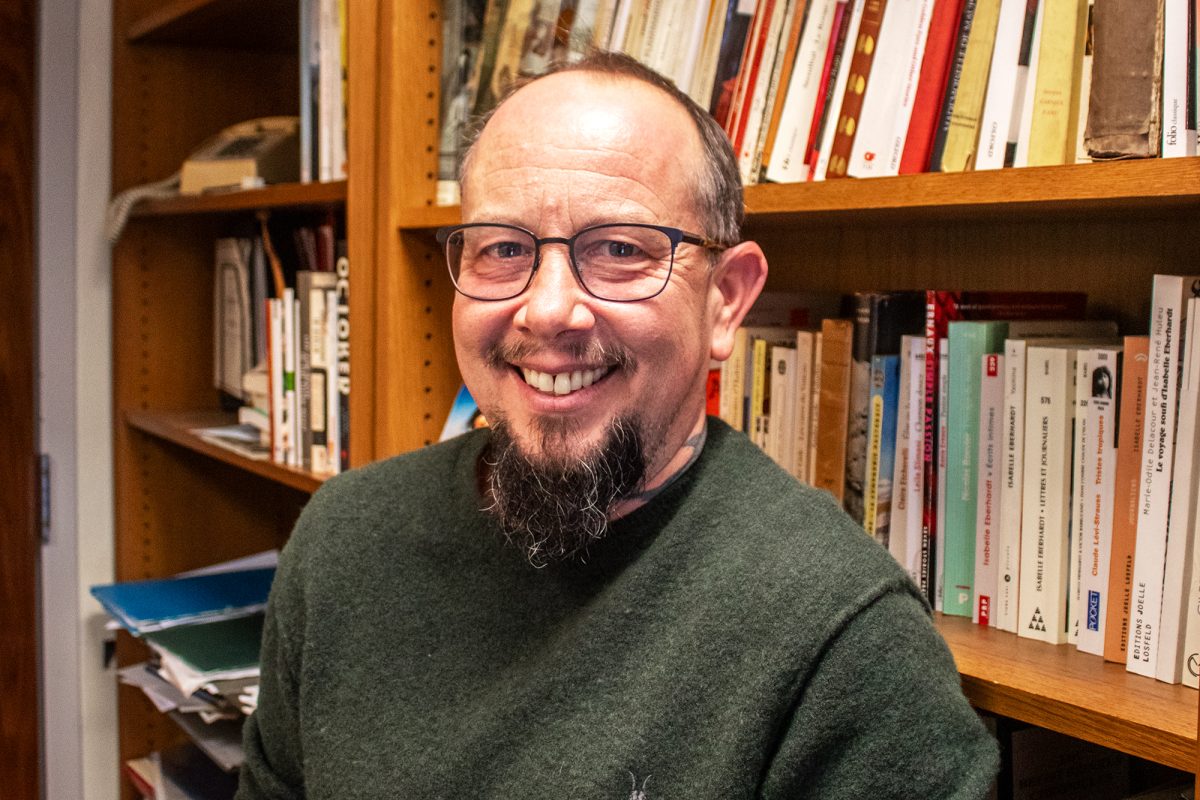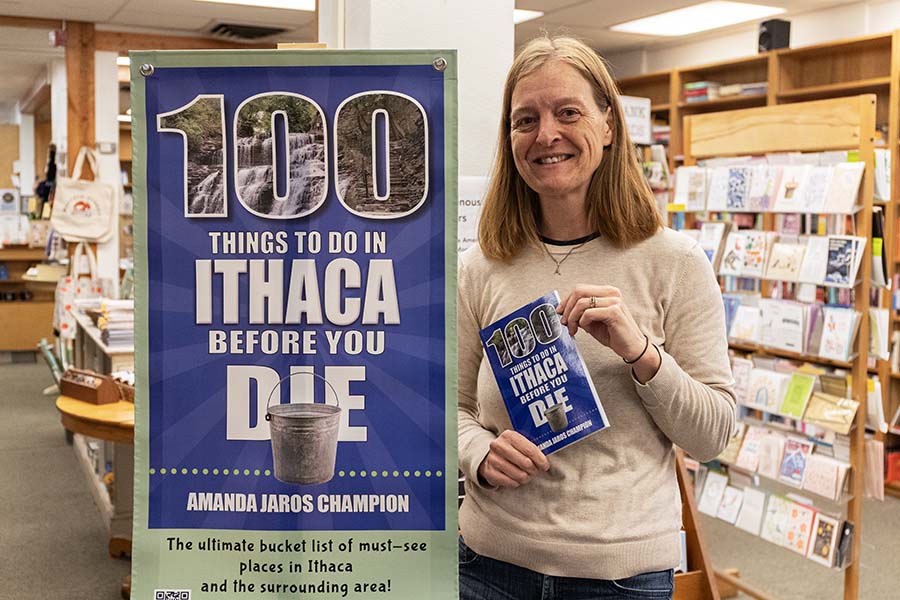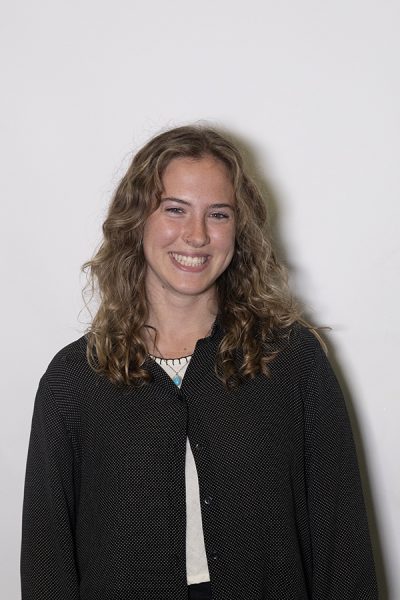The artistic realms of cinematography, theater, music and animation are far from unfamiliar for Stephen St. Francis Decky, assistant professor in the Department of Media Arts, Sciences and Studies. Decky’s variety of creative endeavors have reached galleries and film festivals across the globe. Despite having written since the age of 12, the realm of published literature was relatively unexplored for Decky until his debut novel, “Werewolf Movie,” which was published Oct. 21 by Frayed Edge Press.
Set in the late ’80s, “Werewolf Movie” follows four musicians from South Jersey of varying stages of success and ambition. When these musicians cross paths with a cryptic music producer, all sense of reality comes into question for both the characters and the readers. Even in its most gory moments, “Werewolf Movie” is a story for anyone looking for some fun and hallucinogenic madness for the Halloween season.
With this longer novel, Decky has completely expanded upon his previous story “Make the Bear Be Nice,” which was featured in Frayed Edge Press’ Street Smart Series.
On Oct. 28, Decky is teaming up with DKA Professional Cinematic Society and Park Promotions to host a book talk followed by a screening of “An American Werewolf in London,” which mirrors the novel’s ’80s horror film aesthetic. Decky will then head to Boston, Philadelphia and possibly New York City to spread the word about this psychedelic world, starting off Nov. 7 at 6 p.m. with an event at the School of Museum of Fine Arts at Tufts University.
Staff Writer Georgie Gassaro spoke with Decky about his creative processes for artistic mediums and how “Werewolf Movie” blends fact with fiction and conceptualizes complex themes that lie below its surface-level horror elements.
This interview has been edited for length and clarity.
GG: In Frayed Edge Press’ Instagram bio, they say, “We publish interesting books that are a bit on the fringe.” How did you get involved with them?
SD: They published “Make the Bear Be Nice” around the pandemic era, so it was really hard to promote it. “Werewolf Movie” and “Make the Bear Be Nice” are two separate stories, but it’s just that they were initially intertwined. … Frayed Edge is a very small press with limited resources, so I’ve been putting a lot of effort into promotion and stuff like that.
GG: You mentioned how music is really important to some of these characters. What were your musical inspirations for mapping out this story? Did you create any playlists or have specific artists or groups in mind?
SD: The soundtrack in “Werewolf Movie” was actually some of the songs that I recorded back then with people I was friends with. In the book, they mention a band that they’re going to see, and it was actually a band I was in with my brother. So there’s no inspirations that are nationally known because another part of the book is that part of that music scene. How you [can] step out of that city or go somewhere else and nobody knows who the hell they are, so just being locally famous. I moved around a lot as a teenager in my 20s, and I’d go to these different places, and people [would] say, “Oh, have you heard this band? They’re really great.” And it’s like, “No, nobody knows them.” And there is no shame in that. People [make music] because of the need to be creative again. I also made a documentary in 2015 about this band from Boston, and it’s a similar thing because they never had a conventional hit … making that documentary was another thing that brought me to actually finish this book that I started 10 years ago.
GG: What parts of this story, or how it came to be, connect with your life personally, whether it be through experiences from your childhood or other stories you read or watched growing up?
SD: This book has stuff that might seem autobiographical, but it takes place within different characters. So, there’s a character who works at this movie theater, and he puts up the marquee signs, like the letters on the road, and I did that. But it’s not exactly how it happened. It was a long time ago, like 1985 or something like that. So I think when I started this, it was sort of the idea to remember and retell that era. I don’t map out stories before I write them, I kind of let it go where it’s going, and at some point, this just went into this hallucinogenic werewolf thing. … So, there’s people in the book that are kind of conglomerates of people that I knew, but what’s happening is not anything that really happened.
GG: Since you say the novel is not in the horror genre in the traditional sense, what would you say are the underlying themes that arise from this story and its characters?
SD: I would call it the ferocity of creativity. There are ideas that just have to come out in one way or another. And I think, in some way, each of the characters is kind of finding that, but they react to it differently. I think a lot of times when you’re talking about something like making a film or recording an album, I would say there is almost a psychosis of focus, where you’re just so hell bent on getting this thing right that everything else just gets pushed aside.
GG: Besides being your first novella, how does this project differ from your past creative endeavors?
SD: I’m an artist, and there’s no taking that out of me. I’ve been writing and drawing since I was very young, and I learned how to paint. I have paintings in a couple of museum collections, and I’ve learned to make films and make music. But if you only paint and you’re trying to make an idea fit to paint, it’s kind of stifling. I don’t really paint horror stuff, and I don’t paint people. There are different ideas that fit different formats. For me, writing is the root of everything, so I write and draw with a pen or on paper like every morning, and I’ve been doing it since I was probably 12 or 13. It’s a daily habit that I kind of adapted to when I was younger that helped me get through a lot of things, and now it’s just part of my life, like it’s firmly embedded in my DNA.


